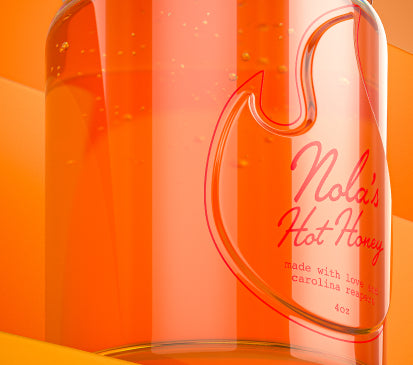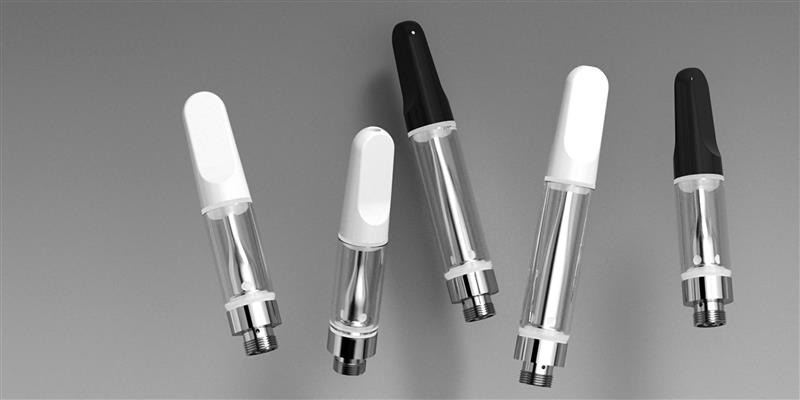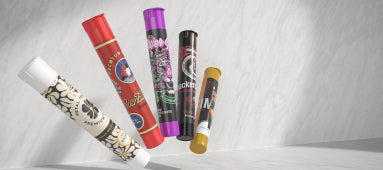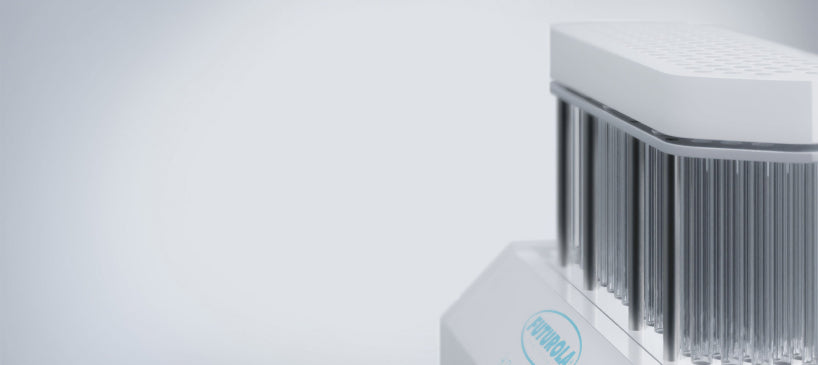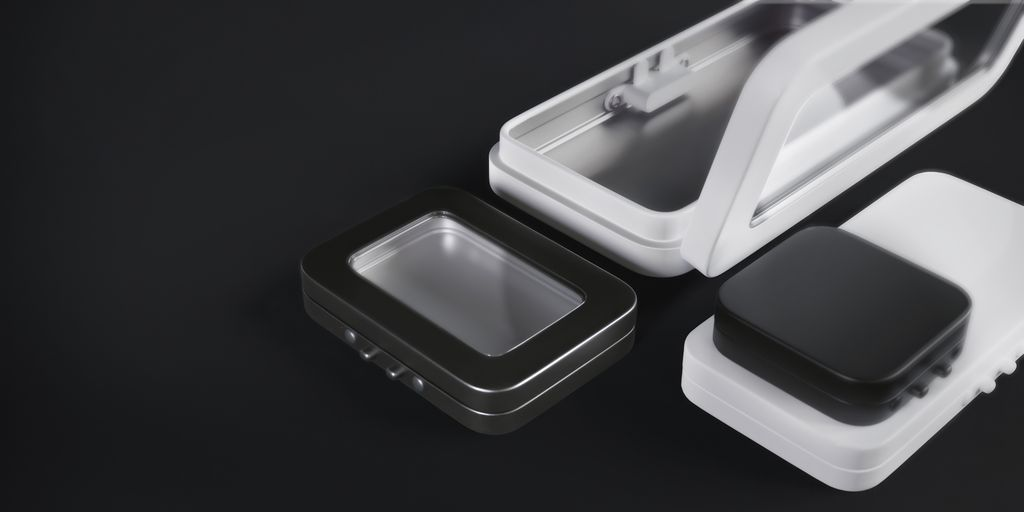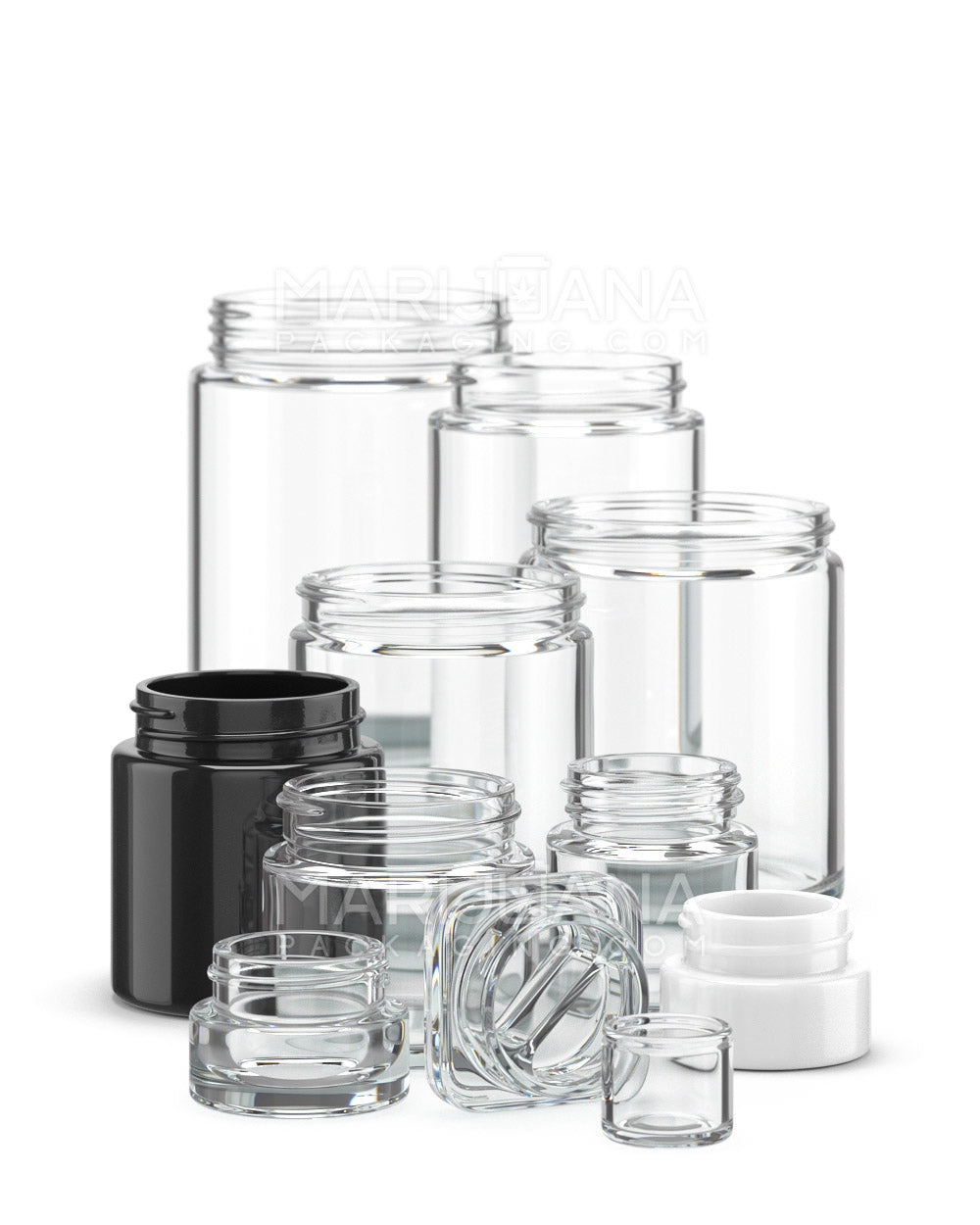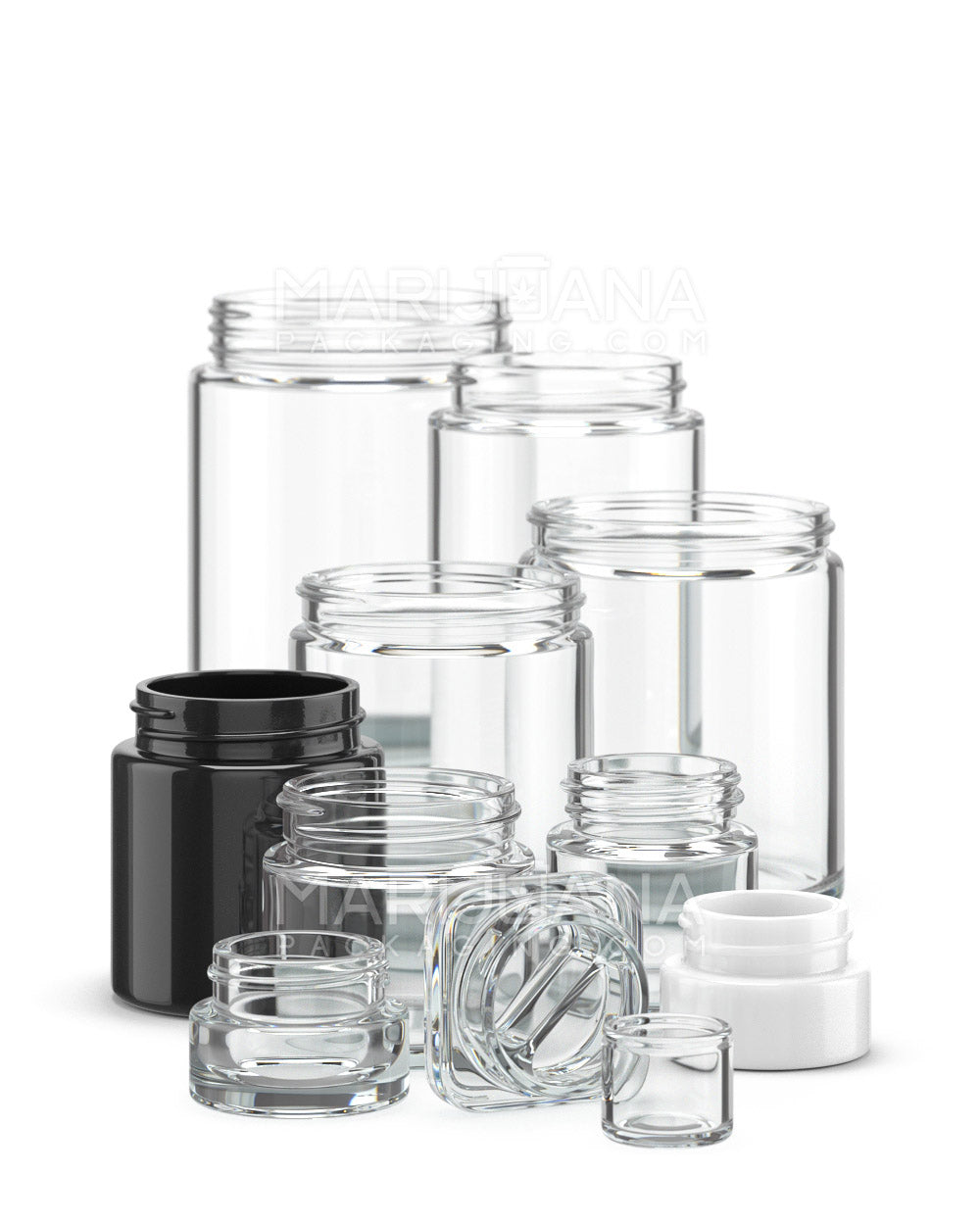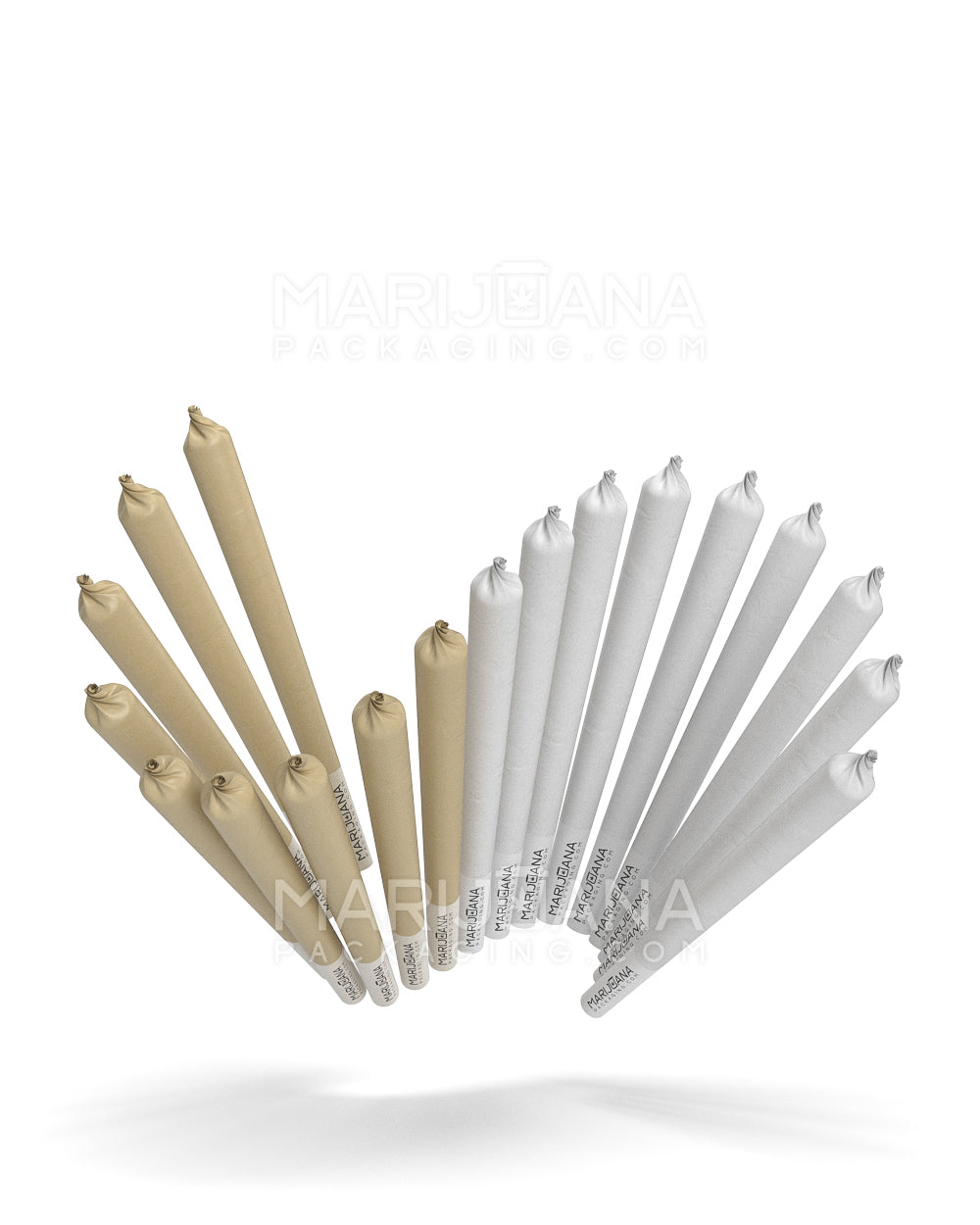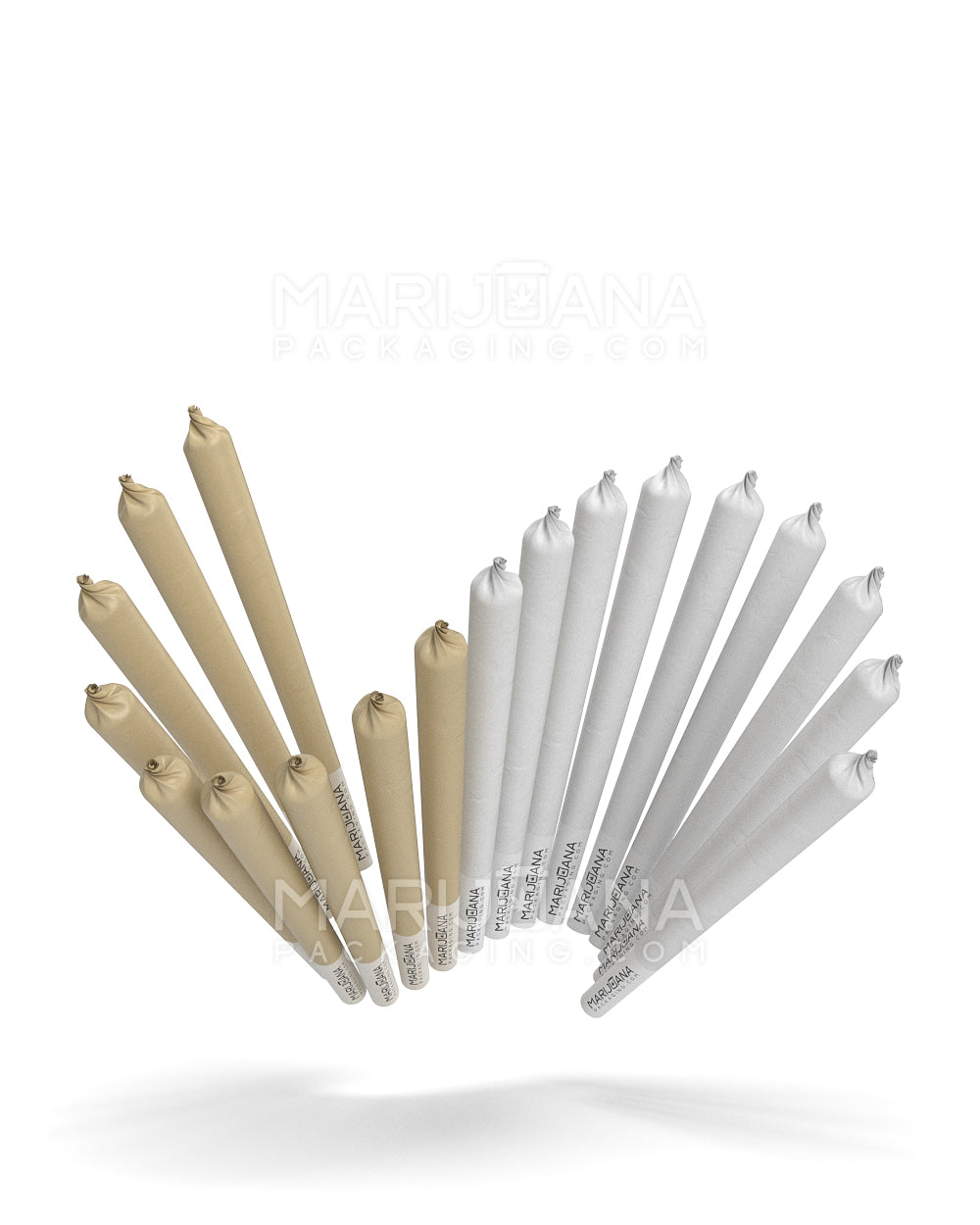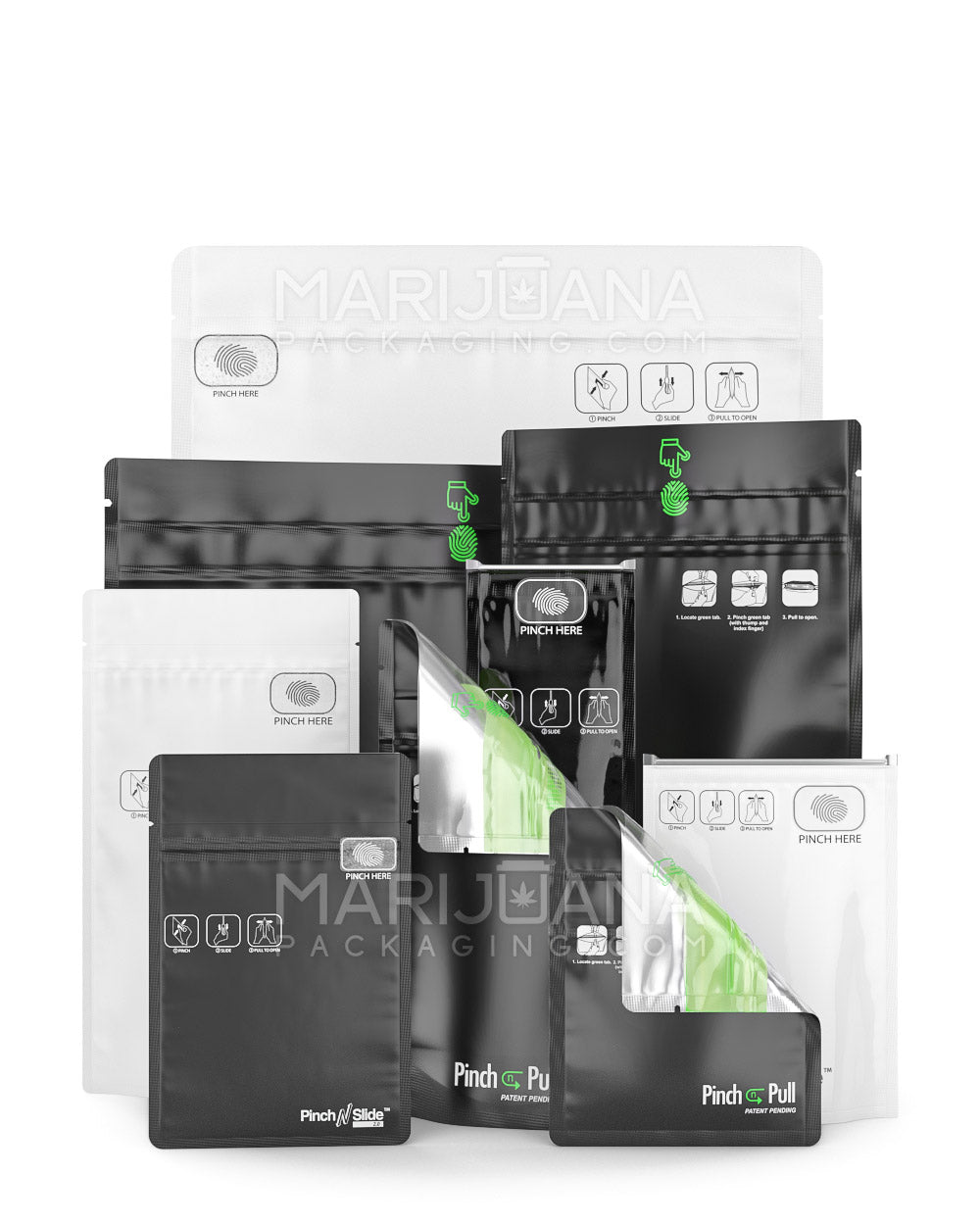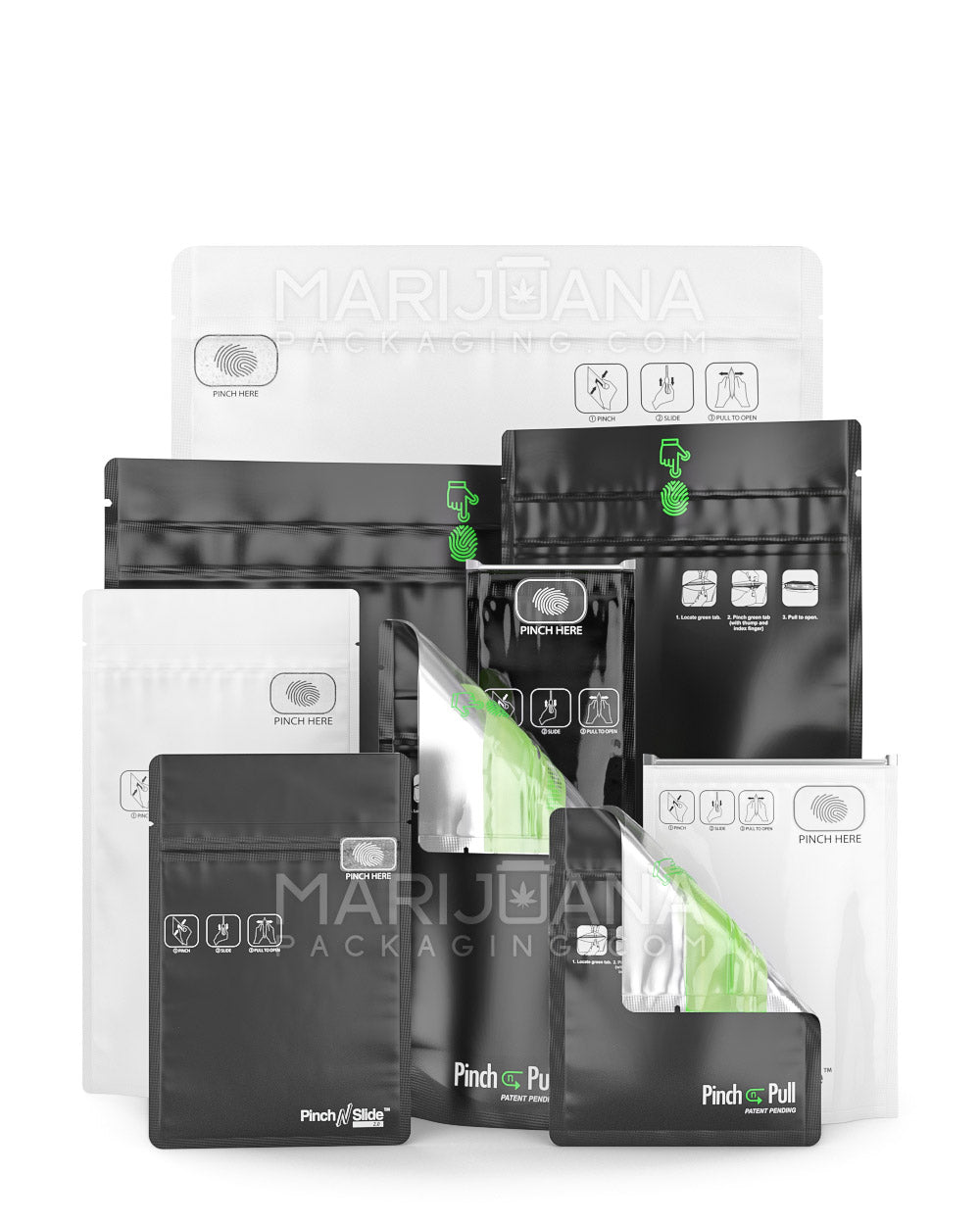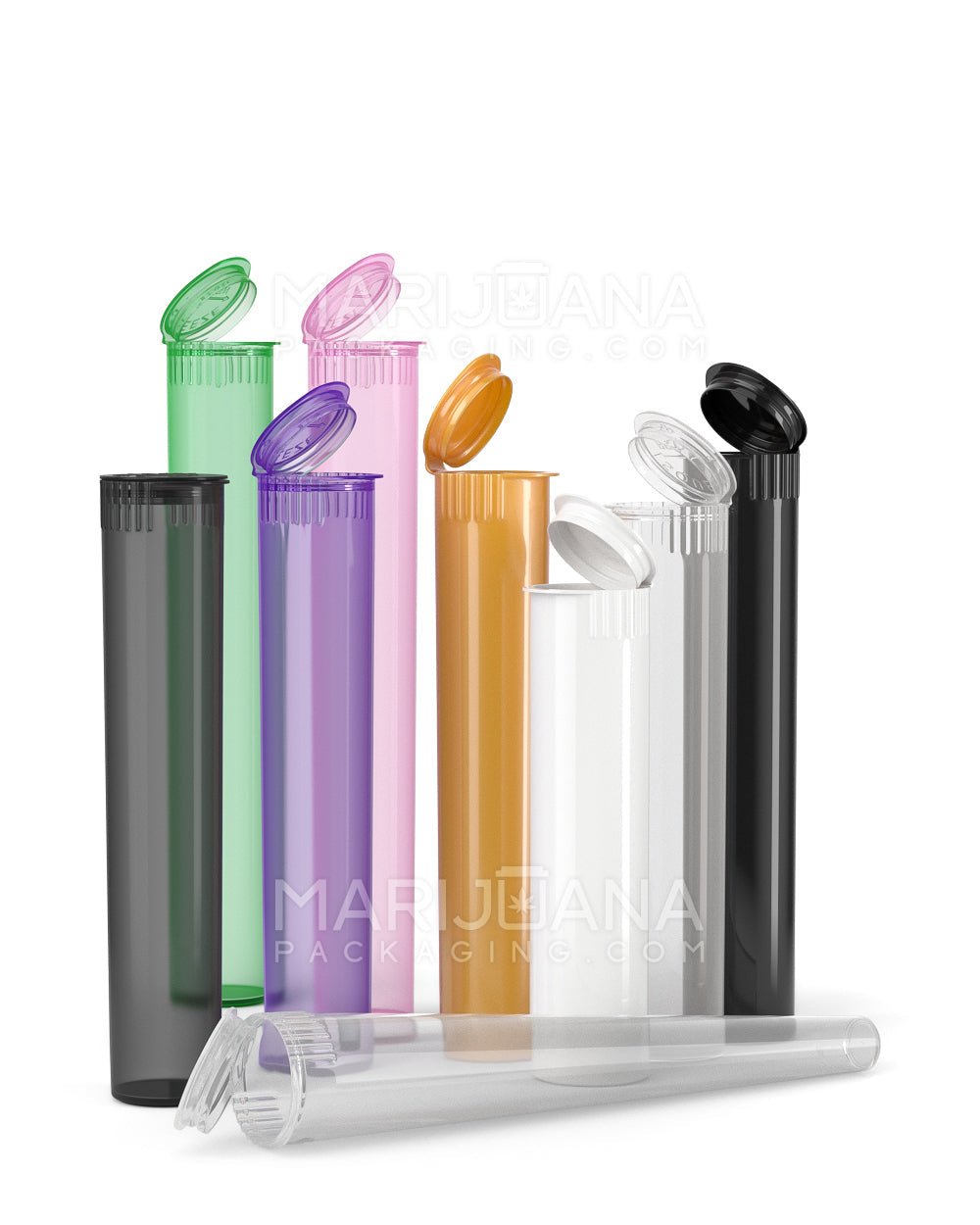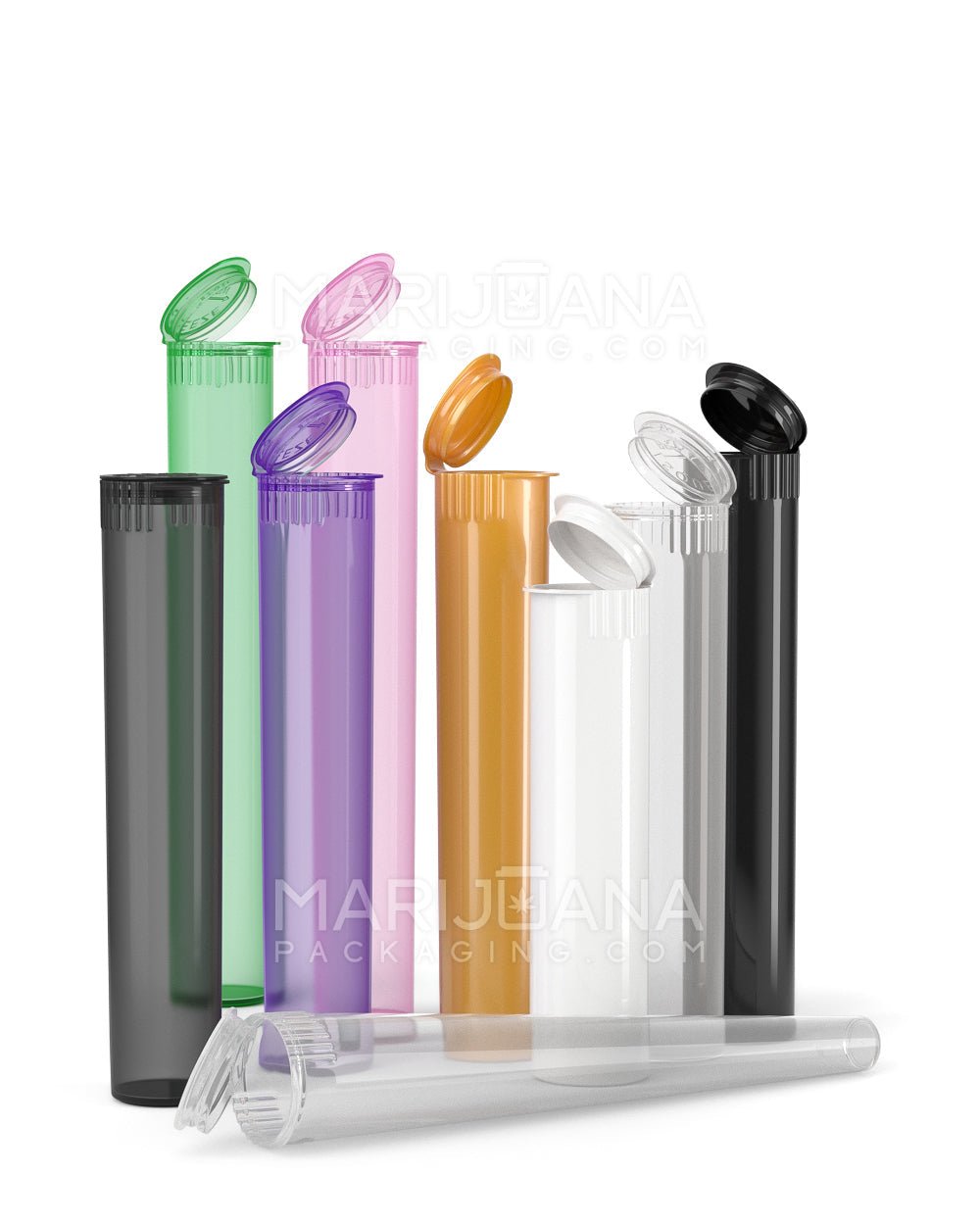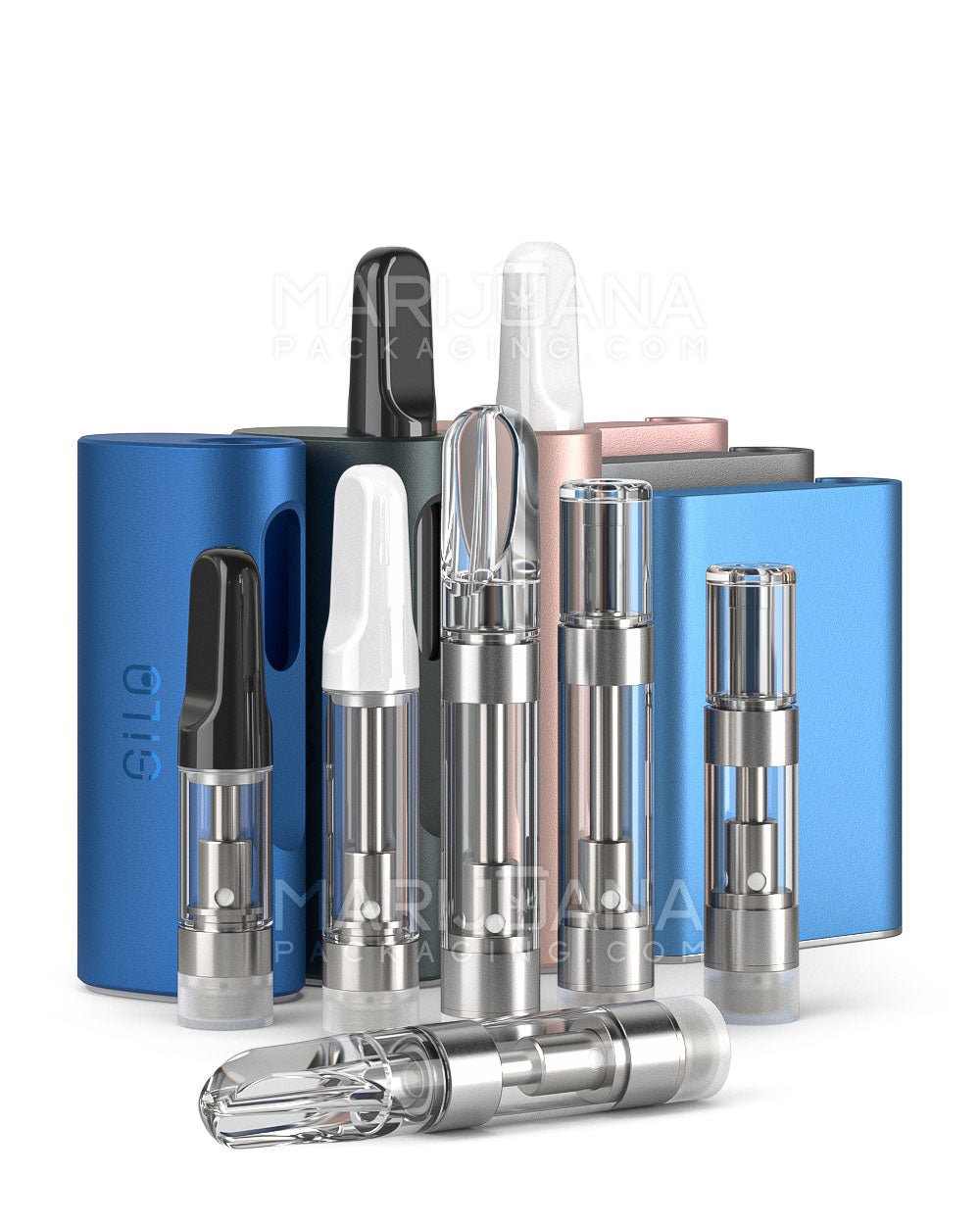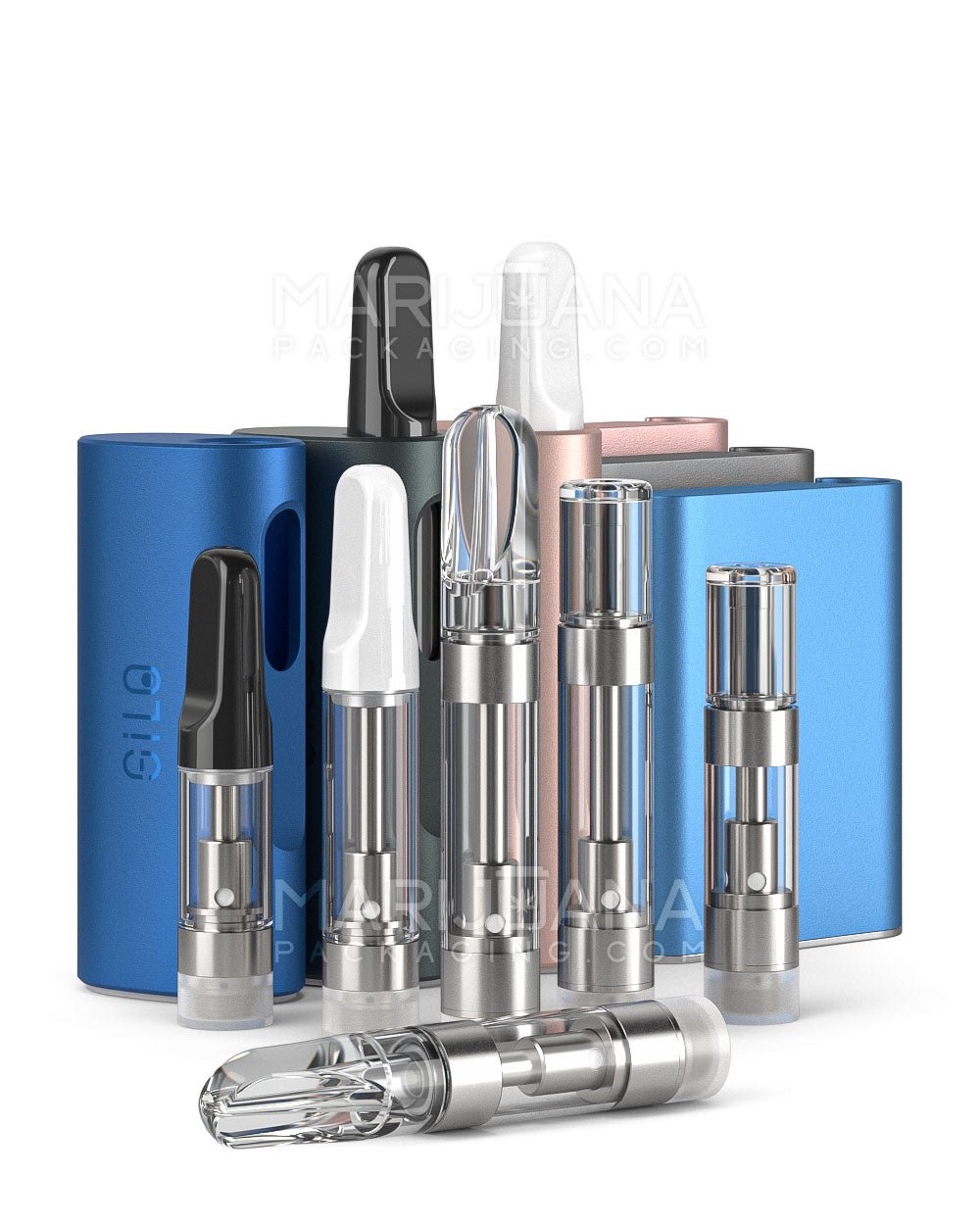Hawaii is famous for its breathtaking beaches, vibrant culture, and lush landscapes. But did you know that the islands also have a unique relationship with marijuana? If you're curious about growing marijuana in Hawaii, you're in the right place. Let's dive into the ins and outs of cultivating this plant in paradise.
In this article, we'll explore the legal framework surrounding marijuana cultivation in Hawaii, the climatic conditions that make it a great place to grow, and practical tips for getting started. Whether you're a local or just interested in Hawaii's cannabis culture, there's a lot to learn.
Understanding Hawaii's Marijuana Laws
Before you even think about planting seeds, it's essential to understand the legal landscape in Hawaii. The state has its own set of rules when it comes to marijuana, and knowing them can help you stay on the right side of the law.
In Hawaii, medical marijuana has been legal since 2000. This means that patients with qualifying conditions can grow their own plants, but there are limits. As of now, each patient can grow up to 10 plants. However, recreational use is a different story. While possession of small amounts has been decriminalized, growing marijuana for recreational purposes is still illegal.
It's crucial to have a medical marijuana card if you plan to grow. This card is your ticket to legally cultivate up to 10 plants. Keep in mind, though, that each plant must be tagged with your registration number, and you should be prepared for potential inspections.
Ideal Climate for Growing Marijuana in Hawaii
Hawaii's climate is a blessing for growers. With its warm temperatures and abundant sunshine, the islands provide a near-perfect environment for cannabis cultivation. However, there are some nuances to consider.
First, let's talk about the sun. Hawaii receives plenty of sunlight year-round, which is great for cannabis. The key is to find a spot that receives consistent light throughout the day. Some growers prefer a greenhouse setup to control the light and temperature better, but outdoor growing is also popular.
Next, consider the rain. While the islands are known for their tropical showers, some areas are drier than others. It's essential to choose a location that balances sunshine and rain. Overly soggy conditions can lead to mold and other issues, so drainage is crucial. Planting on a slight slope can help with this.
Choosing the Right Strains for Hawaii
When it comes to growing marijuana in Hawaii, not all strains are created equal. Some thrive in the islands' unique conditions, while others may struggle. It's all about finding the right fit.
Sativa strains are often a good choice for Hawaii. They tend to be more resistant to mold and pests, which is a plus in a humid environment. Strains like Maui Wowie are already well adapted to the local climate and can be a great starting point.
On the flip side, indica strains might not fare as well outdoors in Hawaii. They can be more susceptible to mold, but if you're growing in a controlled environment like a greenhouse, they can still perform well.
Hybrid strains offer a middle ground, combining characteristics of both sativa and indica. Experimenting with different strains can help you find what works best for your specific location and setup.
Setting Up Your Grow Space
Once you've got your strains picked out, it's time to set up your grow space. Whether you're working with a small backyard or a larger plot, planning is key.
First, decide between indoor and outdoor growing. Outdoor growing is more common in Hawaii thanks to the favorable climate, but it does come with challenges like pests and weather variability. Indoor growing offers more control over conditions but requires more investment in equipment like lights and fans.
For outdoor setups, consider using raised beds or pots to improve drainage and soil quality. Adding a layer of mulch can help retain moisture and keep weeds at bay. If you're going indoors, invest in quality grow lights and ventilation to mimic natural conditions.
Soil and Nutrients: Feeding Your Plants
Good soil is the foundation of healthy plants. In Hawaii, the volcanic soil can be rich in nutrients but may need supplementation to be ideal for cannabis.
A well-balanced soil mix with good drainage is crucial. You can create your own mix using local soil, organic matter, and perlite for aeration. Some growers also incorporate coco coir to improve water retention without making the soil too dense.
Nutrients are another consideration. Cannabis plants require a mix of nitrogen, phosphorus, and potassium, along with trace minerals. You can find fertilizers specifically designed for cannabis, which can simplify the feeding process. Just be sure to follow the instructions, as over-fertilizing can harm your plants.
Watering and Caring for Your Plants
Watering is a balancing act. Too much water can drown your plants, while too little can cause them to wilt. In Hawaii's climate, you might not need to water as often as you would in drier areas, but it's important to monitor soil moisture.
A drip irrigation system can be a game-changer for maintaining consistent moisture levels. It delivers water directly to the roots, minimizing waste and reducing the risk of mold from wet foliage.
Regularly check your plants for signs of stress or disease. Yellowing leaves, wilting, or spots could indicate issues with water, nutrients, or pests. Catching problems early can save your crop.
Pest and Disease Management
Even in paradise, pests and diseases can be a problem. Hawaii's climate is conducive to various insects and fungi that love to munch on cannabis plants.
Common pests include aphids, spider mites, and caterpillars. Keeping your grow area clean and removing debris can help deter these critters. Natural predators like ladybugs can also be effective.
Fungal diseases, such as powdery mildew, can be an issue in humid conditions. Ensuring good airflow around your plants and using organic fungicides can help keep these at bay.
Harvesting and Curing Your Crop
After months of care, it's finally time to harvest. Timing is everything, and you'll want to watch your plants closely as they mature.
Look for signs that your plants are ready, such as the change in color of the pistils or the appearance of trichomes. Harvesting too early can reduce potency, while waiting too long can degrade the cannabinoids.
Once harvested, the curing process begins. This involves drying the buds slowly to preserve their flavor and potency. A controlled environment with a humidity level around 60% is ideal. It can take a few weeks, but patience pays off with a smoother smoke.
Staying Compliant and Responsible
Growing marijuana in Hawaii is a privilege, and it's important to stay compliant with local laws. Always keep your medical marijuana card updated and follow the plant limit guidelines.
Being a responsible grower also means respecting your neighbors. Odor control and discrete growing setups can help maintain good relationships in your community.
Finally, consider the environmental impact of your grow. Sustainable practices like using organic nutrients and minimizing water waste can help preserve the natural beauty of Hawaii for future generations.
Final Thoughts
Growing marijuana in Hawaii offers a unique blend of challenges and rewards. From understanding the legal requirements to choosing the right strains and managing pests, there's a lot to think about. But with some patience and a bit of local knowledge, you can cultivate a successful crop.
For those looking to package their homegrown cannabis in a professional manner, Gamut provides a range of packaging options. With their full-scale services, from design to delivery, Gamut ensures your product stands out, whether you need jars, bags, or custom designs. Their expertise can help your brand leave a lasting impression in any market.
